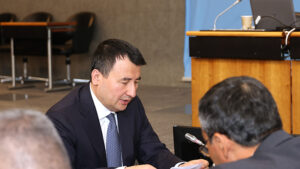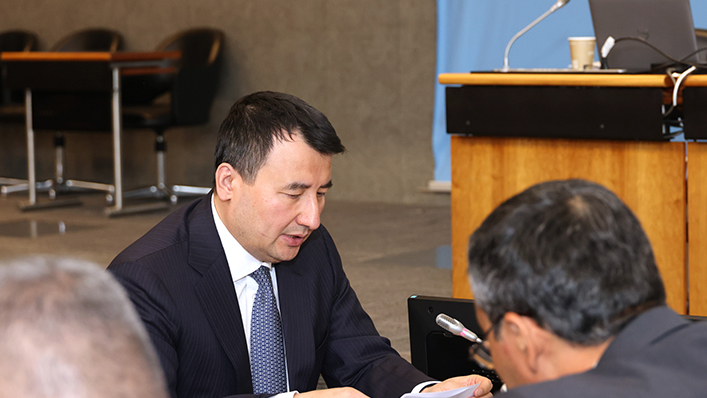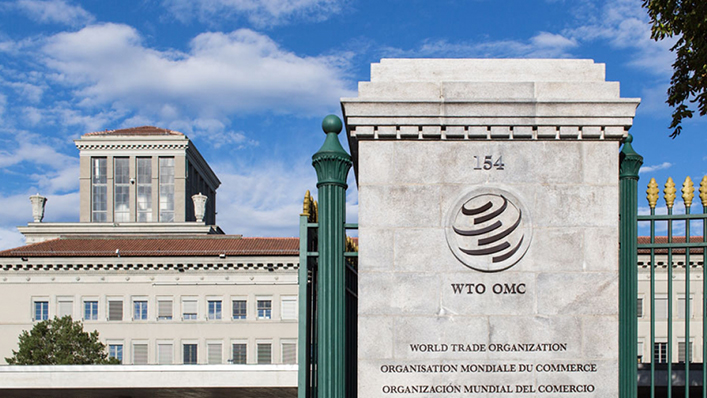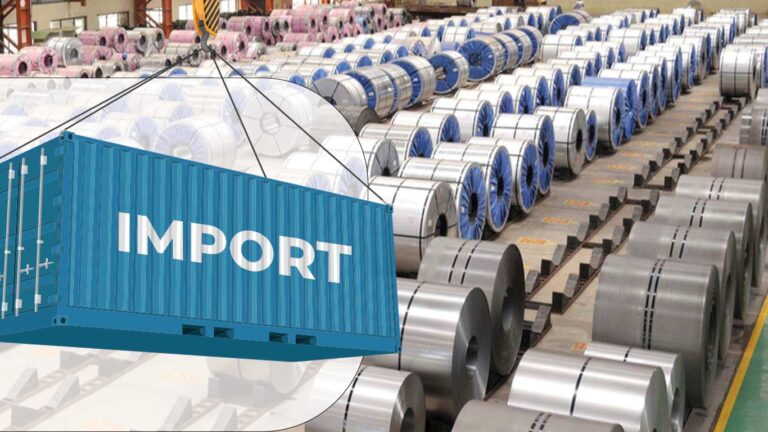While the dampening global economic outlook could impact India’s economic growth through weaker external demand, the domestic growth engines — consumption and investment — are relatively less susceptible to external headwinds, according to RBI’s latest monthly bulletin.
India’s strength to withstand headwinds, emanating from the uncertainty surrounding global tariffs wars and the individual policy responses of different countries, stem from its robust growth fostered by a strong macroeconomic framework and moderating inflation, with strong domestic engines of growth, said RBI staffers in an article “State of the Economy” published in the bulletin.
They noted that amidst a myriad of challenges posed by this volatile external environment, the Indian economy has exhibited marked resilience, with growth poised to recover from the blip witnessed during H1 FY25 (6.7 per cent, year-on-year, in Q1 and 5.6 per cent in Q2). GDP growth picked up to 6.2 per cent in Q3.
Key parameters
The staffers observed that cumulative GST collection during FY25 amounted to ₹22.09 lakh crore — 9.4 per cent higher than during FY24. They emphasised that notwithstanding the global challenges, the robust GST collection in recent times underlines the resilience of domestic economic activity.
India’s manufacturing PMI (Purchasing Managers’ Index) reached an eight-month high of 58.1 in March 2025 (from 56.3 in February), reflecting acceleration in new orders and output. The services PMI, however, recorded a marginal deceleration in March to 58.5 from 59 in February 2025, although it continued to remain strongly in expansionary territory. Business expectations/future output assessments moderated slightly for manufacturing and services.
The authors highlighted that India has a low external vulnerability as reflected in its modest external debt-GDP ratio of 19 per cent and substantial forex reserves (close to 11 months of imports cover). They underscored that India’s position as the fastest growing major economy, coupled with macroeconomic stability, makes it a preferable investment destination in a world characterised by growth slowdown and macro vulnerabilities.
Additionally, a stable financial sector provides the backbone for sustainable growth, as the Indian financial system has become more robust and diverse, including banks and NBFCs being resilient to macrofinancial shocks.
Farm sector
The staffers assessed that the prospects for the farm sector have been boosted by the forecast of an above normal southwest monsoon for 2025, which could augment farm incomes and keep food prices under check. Headline inflation moderated to a 67-month low of 3.3 per cent in March, mainly due to a moderation in food prices.
They observed that the agricultural sector in India is poised to sustain its momentum, supported by bumper kharif and rabi harvest and higher summer sowing amidst comfortable reservoir position, they said. Risks emanating from the rise in temperature above normal levels and likelihood of heatwaves in the current summer season (April – June), however, needs to be monitored.
Industrial and services activity
“Industrial and services activity continue to remain resilient. Results of the survey conducted among representatives from industry associations, including several industry bodies, credit rating agencies, and banks reveal optimism in economic activity supported by moderating inflation, sustained upswing in rural consumption and recovery in urban consumption. Global uncertainties, however, act as downside risks to this outlook,” per the article.
The staffers expressed optimism that going forward, India is poised to benefit from supply chain realignments, diversified FDI sources, and engagement with global investors seeking resilience and scale, given its already established trade linkages.
Moreover, India’s consistent strength in services exports and remittance inflows continues to provide a vital buffer for the current account. The staffers opined that calibrated policy support can help India turn global volatility into an opportunity and strengthen its position in the emerging world economic landscape.
Published on April 22, 2025


















